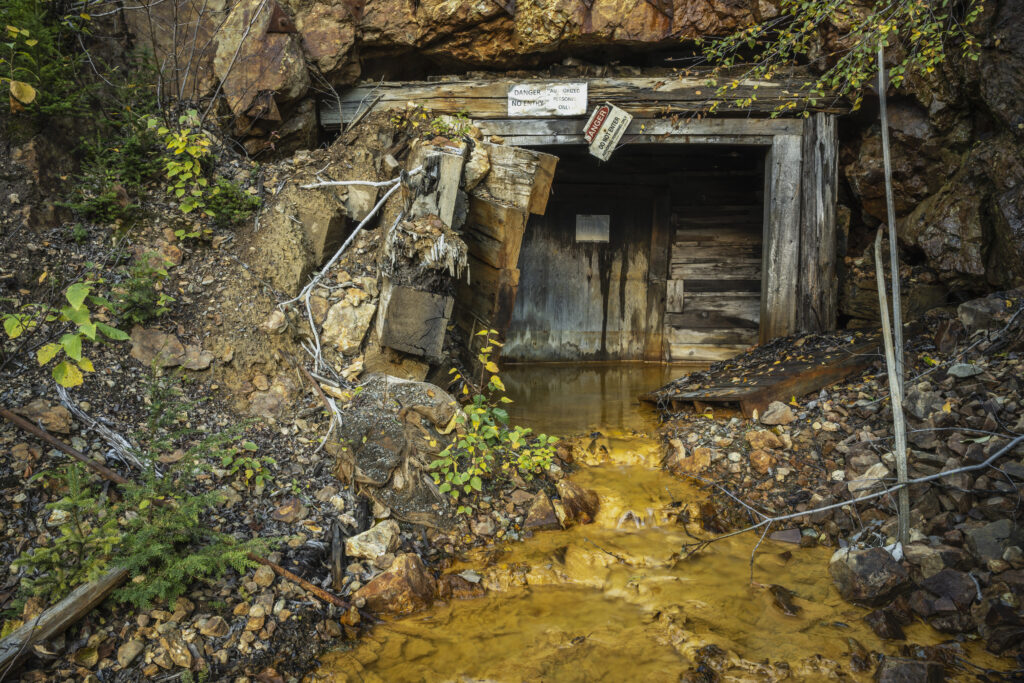- Messages
- 34,130
- Reaction score
- 5,796
- Points
- 288
British Columbia’s multimillion-dollar mining problem
When John Morris Sr. is asked where the sacred sites on the Taku River are, his answer comes easily. “This whole place is sacred,” the 84-year-old Elder says. In the spring, all five species of North American salmon fight the current to spawn. In the summer, bright orange salmon berries speckle the landscape.Morris Sr., a member of the Douglas Indian Association in southeast Alaska, said his grandparents, aunt, uncle and parents always reminded him that everything they needed was provided by the land there.
The river and its tributaries meander throughout the territories of the Tlingit and the Tahltan peoples, and flow over the international border between British Columbia and Alaska. But for the past 67 years a small, oozing sore has leached untreated heavy metals into the waterways. The abandoned Tulsequah Chief mine in B.C. sits on the Tulsequah River about 10 kilometres upstream from its confluence with the Taku River. Cominco, now part of Teck Resources Ltd., opened the copper, lead and zinc mine in 1951. Cominco closed it six years later. Several companies took the mine over in the intervening years, but none was successful at restarting production.
Morris Sr. first saw the bright orange fluid, known as acid rock drainage, flowing out of a pipe when he was on a hunting trip in the late 1990s. There is no doubt this area is contaminated, he remembers thinking. Numerous water sampling programs have pointed to elevated levels of metals in the Tulsequah River.
More:

British Columbia’s multimillion-dollar mining problem | The Narwhal
The true cost of cleaning up mine pollution in B.C. is growing, an investigation by The Globe and Mail and The Narwhal has found. If disaster strikes, taxpayers could be stuck with covering the costs
